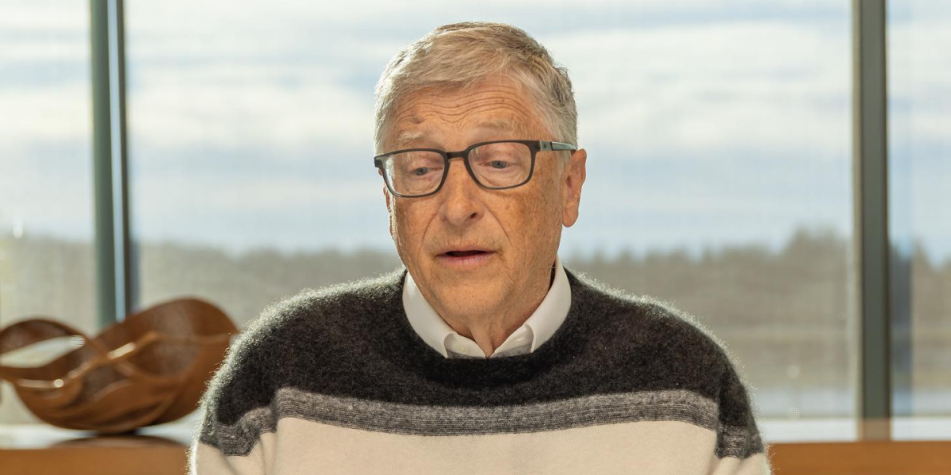An ally for the seriously ill. Dr. Ascensión González García, a native of Castillo de las Guardas, has 30 years as an Intensive Care Physician in the Intensive Care Unit of the Macarena Hospital and is part of the scientific associations in this specialty. His boss, Dr. Tomás Guzmán Valencia, motivated him to delve into clinical nutrition, an area he’s into Super specialist. In the Andalusian Society of Intensive Medicine and Coronary Units (SAMIUC) Dr. Gonzalez is the deputy coordinator of the Nutrition and Metabolism Working Group.
Why are hospitalized patients malnourished?
– For many reasons: illness, diagnostic tests and treatments prevent adequate nutrition. It is a common problem in all areas of the hospital.
What is the impact of malnutrition today?
The prevalence of malnutrition among critically ill patients ranges from 30% to 50%. Some patients arrive already malnourished due to the somewhat protracted illness, and others will become malnourished during hospitalization. These data were revealed at the European Conference on Nutrition and Metabolism held in September 2022. From this conference emerged the Vienna Declaration of the Human Right to Nutritional Care, with international impact.
-Reasons?
The critical illness that triggers admission to the intensive care unit activates alternative metabolic mechanisms and pathways that use nutritional substrates to deal with the acute phase of the disease. The main source of substrate is muscle.
-consequences?
– People with critical illnesses can lose a kilogram of muscle mass per day during the first week of admission to the intensive care unit. It is a kind of self-cannibalism as a survival mechanism.
How does it affect your development?
– The greater the loss of muscle mass, the greater the risk of complications, the more difficult the recovery and the higher the health cost. In intensive medicine, we understand that our patients suffer from malnutrition. It is a priority to address this problem with all the difficulties involved in optimal nutritional therapy in these conditions of stress.
-For example?
– It’s as complicated as pretending a marathon runner endures soup after 30 kilometers.
– How is it achieved?
Nutritional treatment should be individualized. We select patients with the highest dietary risk or who are already malnourished to determine the start time, route, and amount of nutrients the patient can tolerate. Individualization is the optimization of the patient’s caloric and protein needs, in proportion to the degree of metabolic stress. Nutritional therapy is a dynamic process that requires assessments while a patient is admitted to the intensive care unit.
Why is nutrition so important in the ICU?
– To mainly preserve the muscles it is necessary, for example, to wean the patient off from mechanical ventilation, but also to deal with oxidative stress, relieve inflammation, modulate the infectious response and in general to give life after the intensive care unit.
How did you get down this line?
– A lot of progress has been made thanks to the efforts of professionals who care for critically ill patients, scientific societies, the work of the nutrition committees in the hospitals where we are also present, and the support of companies specializing in nutrition, which have made significant improvements in enteral (through tube) formulations ) and injection (intravenously).
– To what extent?
– For example, new nutrition formulas contain more and better quality protein, with a lower caloric load, and are rich in vitamins, antioxidants, minerals and other recovery-enhancing compounds. Another novelty is the incorporation of new technologies such as a calorimeter, which makes it possible to calculate the calorie needs of patients, bioelectrical impedance to determine body composition (water, fat, and muscle) and muscle ultrasound, a technology that helps us at bedside. Monitor established treatments. All this will be discussed at the next SAMIUC Andalusian conference in Huelva.
This requires continuous training in the intensive care unit.
– Intensive medicine specialization requires continuous study and training to update knowledge. In the intensive care unit, we treat a very complex patient with a wide range of ailments. For example, during one night in the intensive care unit, we can care for people injured in traffic accidents, patients undergoing surgery, or others with pneumonia. All of them are in very critical condition.
– What projects is your group embarking on at SAMIUC?
– In the beginning, this working group arose from the friendship and commitment of some colleagues whose main objective was to improve everything related to the nutrition of patients admitted to Ucis in Andalusia. Little by little we have been growing as a group and defining the boundaries of current and future business. In the short term, our aim is to identify areas for improvement in nutritional therapy, and to carry out training activities targeting our specialist colleagues, residents and nursing professionals. With regard to the latter, we feel the need to encourage their participation in this type of treatment, and to encourage their inclusion in this working group, as they continue to be a mainstay in the care of these patients. In the medium term we want to design work protocols for all Ucis in Andalusia and encourage participation in hospital nutrition committees. In the long term, we would like to advance research in nutritional therapy through national and international multicenter studies.

“Social media evangelist. Student. Reader. Troublemaker. Typical introvert.”





:quality(85)/cloudfront-us-east-1.images.arcpublishing.com/infobae/D3V3FEQRKQ4HID3I3SLSUAXZGQ.jpg)
More Stories
They will bring science and technology closer to girls and boys
Valdepeñas' Plaza de España is hosting the CSIC science fair this weekend
New medicine for the genius man